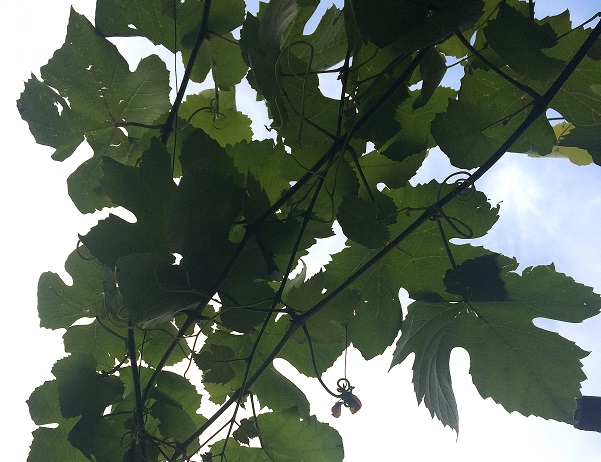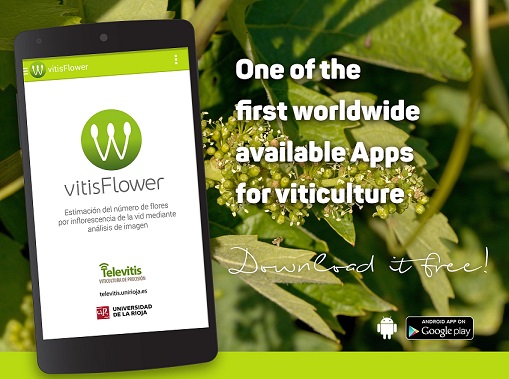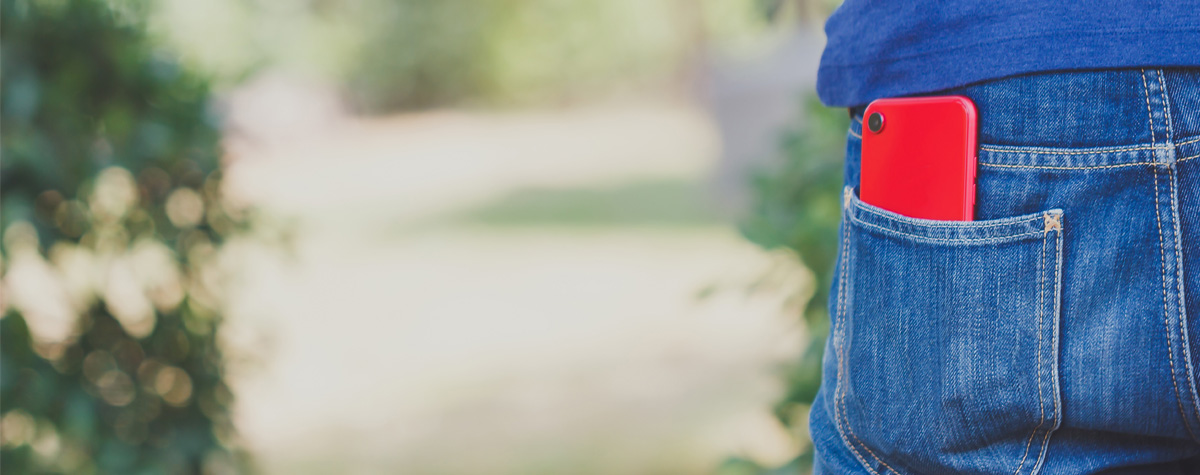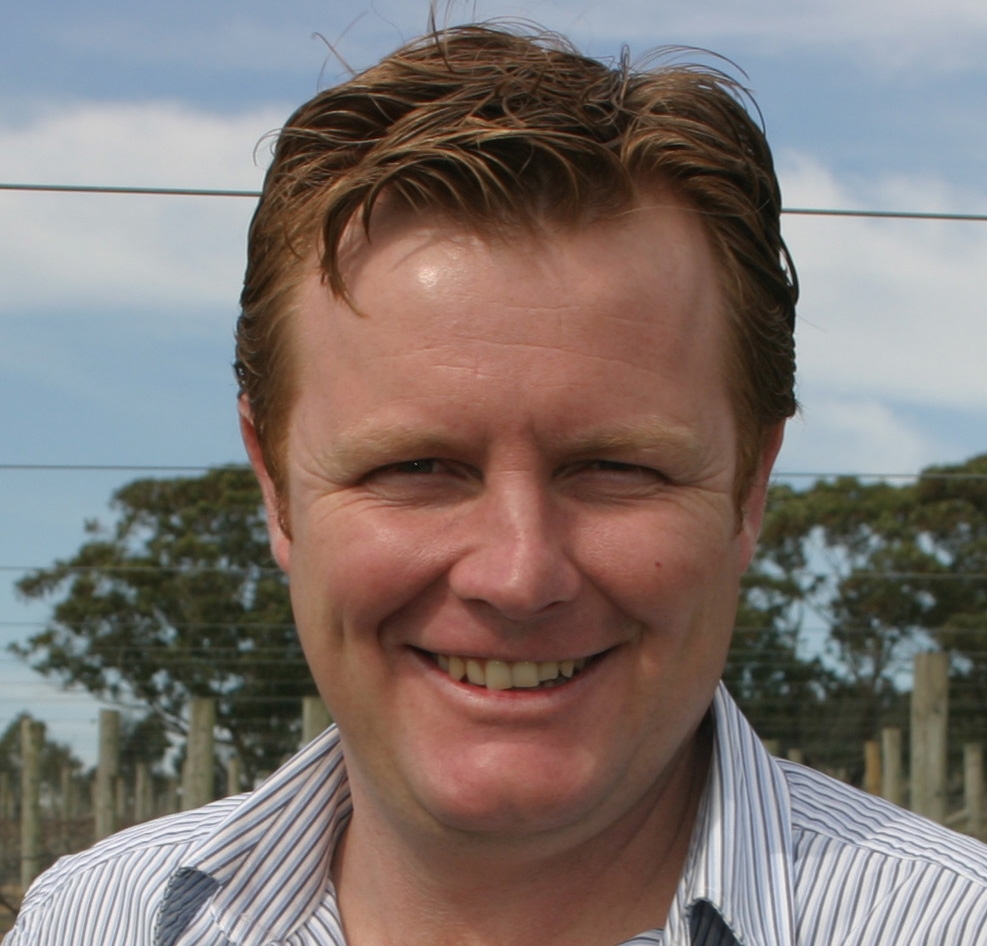However, there are two key avenues emerging for increasing their functionality – the capturing of digital images and processing via purpose-developed apps and the docking of sensors directly to phones for recording and interpretation.
Below are some examples from the most recent research showing that smartphones (or whatever replaces them in the future) are entering into the realm of analytical devices.
In relation to vineyard applications there has been a great deal of work going into giving viticulturists the capacity to analyse their vineyards on the go…
In a commercial vineyard study out of California, USA, Martinez Lüscher J (2019) investigated the correlation between solar radiation, flavonol synthesis (myricetin, kaempferol, quercetin) and canopy porosity/Leaf Area Index (LAI) measured via smartphone.
A team from the National Wine and Grape Industry Centre in Australia has developed the WineOz Smart Grape Android app for monitoring changes in berry size and colour changes leading into harvest.

The VitiCanopy app has been around since 2015, however it deserves a mention for its capacity to easily measure canopy Leaf Area Index (LAI), porosity and clumping. The photo above shows an imagine analysed using VitiCanopy: result LAI=1.426, canopy porosity=0.288.

The vitisFlower app is another way to use your smartphone to conduct vineyard analysis, in this case processing digital images to generate flower number per inflorescence data.
A collaboration between PIRSA and the University of New South Wales in Australia is working on a Water Stress App which processes images captured by a thermal camera attached to a smartphone for in-field determination of vine water status.
For ferment and wine analysis
In a study from Spain, Vallejos S (2019) presented a new technique involving the immersion of a sensory film into wine and the subsequent analysis of the total polyphenols via smartphone using the RGB (Red, Green, Blue) colour system.In another study from Spain, Terrades S (2019) presented work on a RGBC sensor connected to a smartphone for in-cellar monitoring of colour intensity and shade development in ferments.
Also from Spain, Prieto Blanco M C (2019) investigated the use of specific reagents mixed into an optical sensor medium followed by smartphone detection to analyse ammonium and proline levels in wine and beer.
The use of smartphones in the ways mentioned above are game-changing for the following reasons:
- The measurements provided are an excellent calibration tool for what we see and taste in the vineyard and winery, that is “the vineyard looks like it could do with some water” calibrated with a vine water status value generated by an app and checked against soil moisture sensor data in real-time; “I think we should cease the ferment now” calibrated with a range of chemical composition parameters measured by digital image processing. More than likely at some point drones will overtake these activities for us but for now smartphone use will adequately fill the gap between “getting your hands dirty” and “I run my vineyard from home”. The smartphone data will also be used to calibrate the drones anyway…
- The increase in record keeping capacity is exponential because the data is more detailed, cheaper to collect and more easily stored.
'Where are we up to with methoxypyrazine development in the Cabernet Sauvignon compared to last year at bunch closure?'
- The increased record keeping will create significant opportunities to compare vintages at multiple stages during the production process, that is “where are we up to with methoxypyrazine (green pepper) development in the Cabernet Sauvignon compared to last year at bunch closure? Which year is this year most similar to at this stage?”
- Better record keeping will also create opportunities to automate reporting and conduct due-diligence assessments.
- Our capacity to work together for the common good also increases. Imagine a group of vineyards pooling their live data collected via smartphone on berry composition leading into harvest. This data could then be used to compare management techniques, predict harvest timing to assist logistically planning for grape intake from a whole region, assess the effects of a heatwave, predict downy mildew primary and secondary infection events (see the last edition of Canopy) etc. By way of example, Sams B (2019) conducted a study on the generation of Variograms from data collected from multiple vineyards in Lodi, California, which highlighted the potential for this type of collaboration.













.png)






